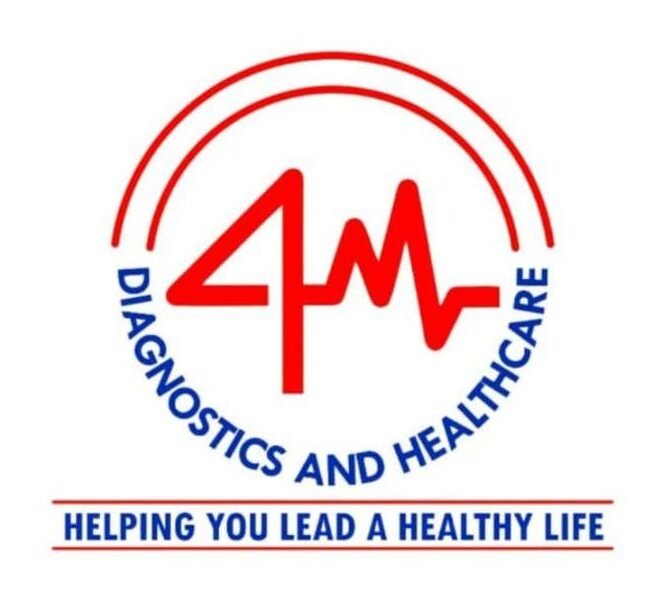Non-Alcoholic Fatty Liver Disease (NAFLD), recently reclassified as Metabolic Dysfunction-Associated Liver Disease (MASLD), is a common yet often overlooked condition. It involves the excessive accumulation of fat in the liver without significant alcohol consumption as the cause.
NAFLD can progress silently, leading to inflammation (steatohepatitis), which is usually detected through elevated liver enzymes in the blood. Over time, this inflammation may result in chronic liver disease (CLD), including liver cirrhosis and even liver cancer.
Causes (Etiology) of NAFLD
Several health conditions and lifestyle factors contribute to excessive fat accumulation in the liver. These include:
- Metabolic Syndrome
- Type 2 Diabetes Mellitus
- Obesity
- Dyslipidemia (abnormal cholesterol levels)
- Sedentary Lifestyle
- Polycystic Ovarian Syndrome (PCOS)
- Hypogonadism
How NAFLD Progresses (Pathogenesis)
When the liver stores excess fat, it triggers oxidative stress, causing damage to liver cells (hepatocytes). This leads to persistent inflammation (steatohepatitis) and, over time, fibrosis, which makes the liver stiffer.
If untreated, this progression results in chronic liver disease (CLD), marked by:
- A shrunken, scarred liver (cirrhosis)
- Reduced liver function
- Advanced cases leading to liver cancer

Symptoms of NAFLD
In its early stages, NAFLD is often asymptomatic, making regular health check-ups essential. As the disease progresses, symptoms may include:
- Fatigue
- Discomfort or pain in the upper right abdomen
- Unexplained weight loss
- Jaundice (yellowing of the skin and eyes in severe cases)
- Leg swelling (edema) or abdominal distension due to fluid accumulation (ascites)
- Gastrointestinal bleeding from esophageal or stomach varices due to portal hypertension
A small percentage of cirrhotic patients may also develop liver cancer.
Diagnosing NAFLD at Our Kolkata Diagnostic Center
At our state-of-the-art diagnostic center in Kolkata, we use advanced tools to diagnose NAFLD early, including:
- Ultrasound Imaging: Detects fat deposits in the liver non-invasively.
- Liver Function Tests: Measures enzyme levels to assess liver health.
- FibroScan: Specialized imaging to evaluate liver stiffness and detect fibrosis.
- Comprehensive Blood Tests: Identifies associated conditions like diabetes, high cholesterol, and metabolic syndrome.
Prevention and Management of NAFLD
Though there’s no specific medication for NAFLD, lifestyle changes can prevent, manage, and sometimes reverse the condition.
- Maintain a Healthy Weight: Losing 5-10% of body weight can significantly reduce liver fat.
- Eat a Balanced Diet: Focus on:
- Fruits and vegetables
- Whole grains
- Lean proteins
- Avoid sugary beverages, fried foods, and processed snacks.
- Exercise Regularly: Aim for at least 150 minutes of moderate aerobic activity per week.
- Control Diabetes and Cholesterol: Keep blood sugar and lipid levels in check.
- Avoid Alcohol and Smoking: Both can worsen liver damage.
Why Regular Check-Ups Matter
Early detection is critical to preventing severe complications like liver failure or cirrhosis. If you have risk factors such as obesity, diabetes, or a sedentary lifestyle, regular liver screenings are essential.
At our diagnostic center in Kolkata, we prioritize your liver health by offering comprehensive diagnostic solutions and personalized care.
Take Control of Your Liver Health
Don’t wait for symptoms to worsen. Schedule your liver health check-up today and take proactive steps to protect your liver. Remember, early detection and prevention are key to managing Non-Alcoholic Fatty Liver Disease (NAFLD) effectively.

Very informative and up to date article. Every Diabetic and Obese patient should do tests for detecting fatty liver by Ultrasonography.If it shows fatty liver, then consult a specialist.